I could never believe that the experience of sculpture had to be restricted to vision only. The making and ownership of art could also be beyond personal possession—a common and free experience.
Isamu Noguchi
In parallel with his first commissioned public works, History Mexico at Mercado Abelardo Rodriguez in Mexico City (1935–36) and News (Associated Press Building Plaque) in New York City (1938–40), Noguchi had begun to envision an expanded definition of sculpture more directly related to the lived experience. Over the next five decades Noguchi’s playgrounds, fountains, gardens, private courtyards, and civic spaces would inhabit the conceptual umbrella of “the sculpture of spaces.” A visual mapping of his extant public projects (with nearly as many unrealized proposals besides) is a testament to his willingness to work with collaborators across the globe.
By Matthew Kirsch
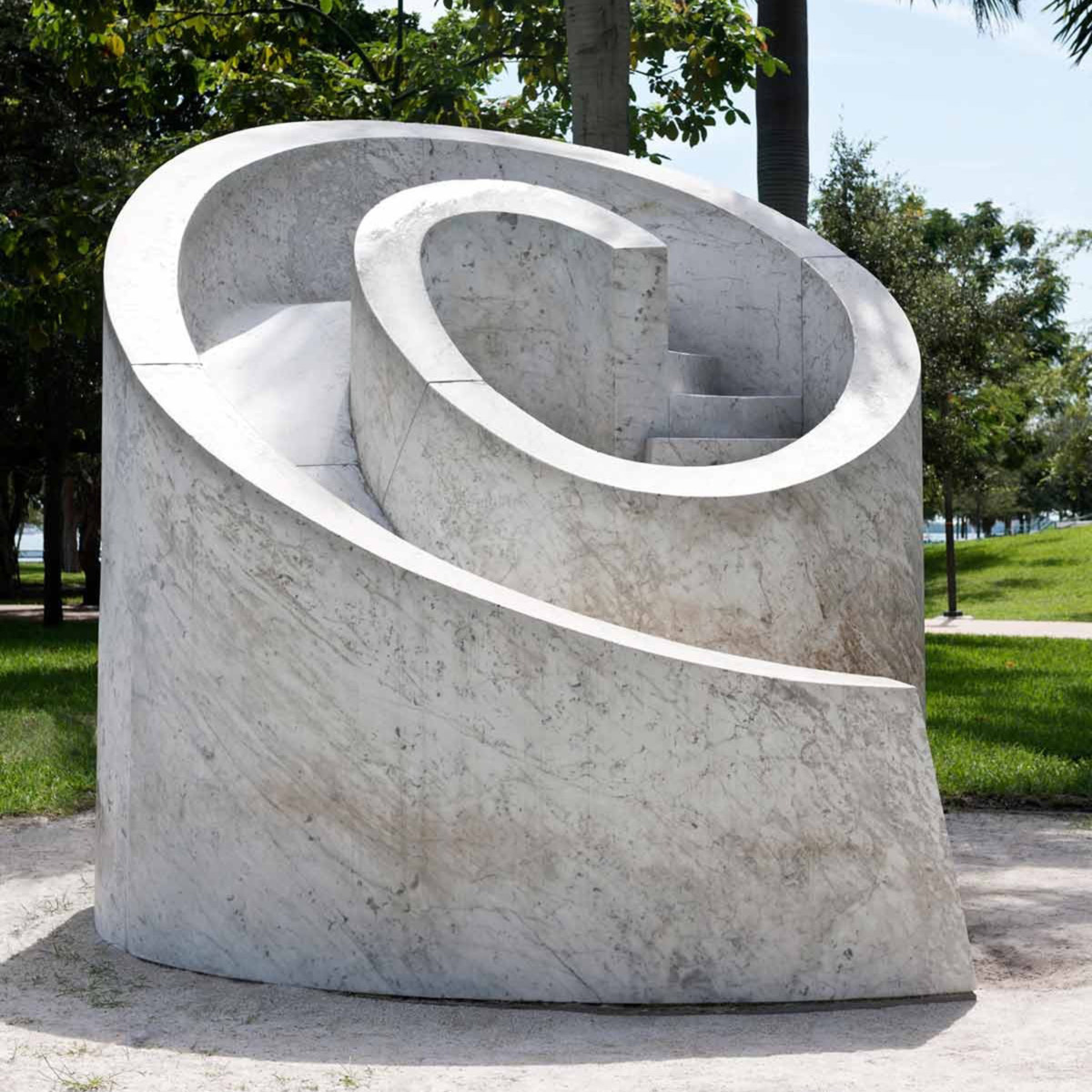
Bayfront Park
301 Biscayne Boulevard, Miami, FL

Billy Rose Sculpture Garden
The Israel Museum, Derech Ruppin 11, Jerusalem, Israel

Black Slide Mantra, Odori Park
8 Chome Odorinishi, Chuo-ku, Sapporo City, Hokkaido, Japan
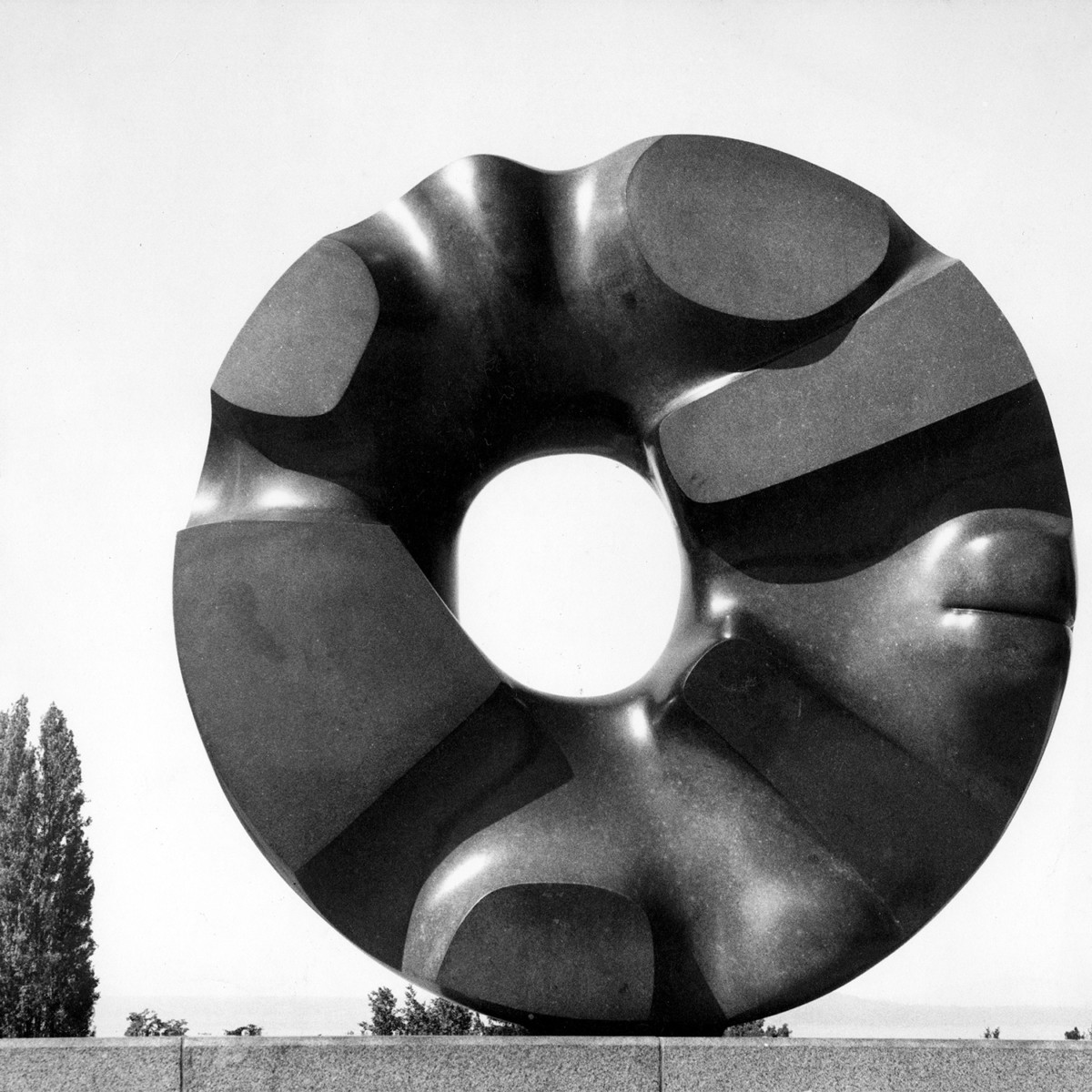

Bolt of Lightning…Memorial to Ben Franklin
Monument Plaza, Base of Benjamin Franklin Bridge, near 6th and Vine Streets, Philadelphia, PA


Ceiling for Magic Chef Building (American Stove Company Ceiling)
1641 S Kingshighway Boulevard, Saint Louis, MO

Constellation (for Louis Kahn)
3333 Camp Bowie Boulevard, Fort Worth, TX

Expo ’70 Fountains
10-10 Senri Banpakukoen, Suita City, Osaka Prefecture, Japan
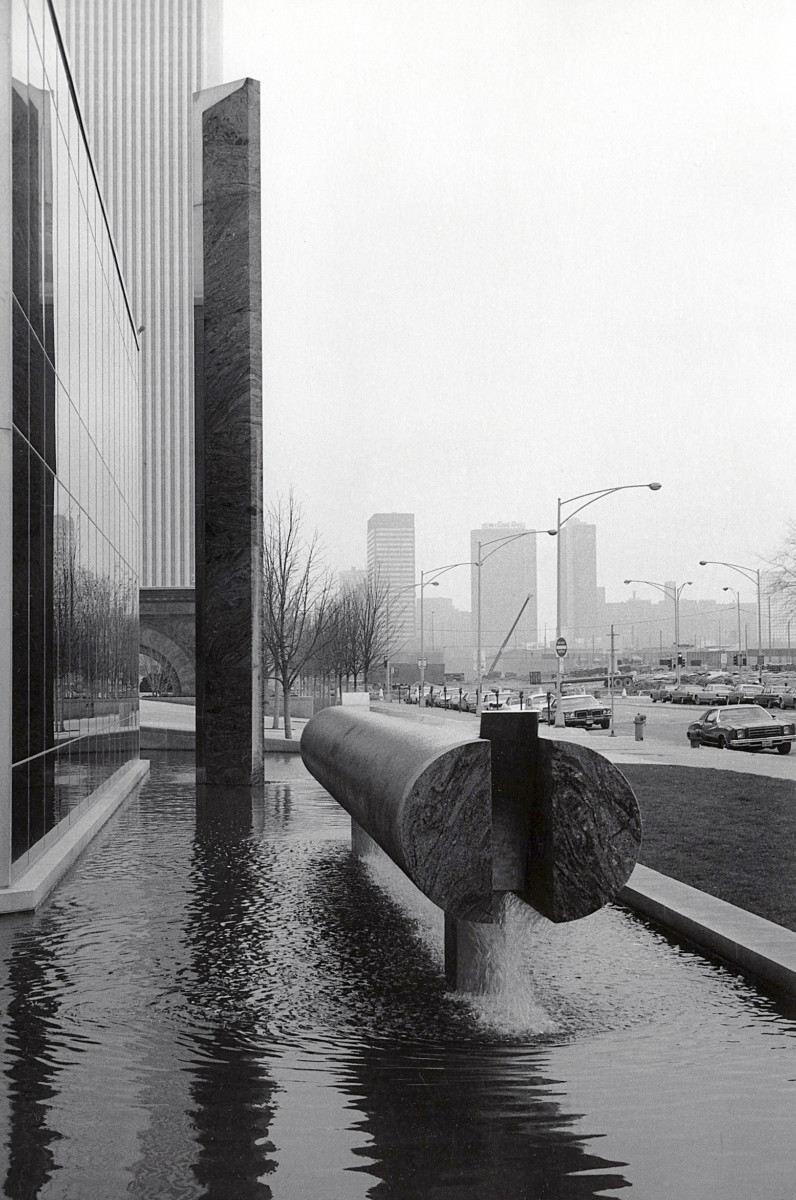
Fountains, Celebration of the 200th Anniversary of the Founding of the Republic
Art Institute of Chicago, 111 South Michigan Avenue, Chicago, IL

Gardens for Connecticut General Life Insurance Company
Wilde Building, 900 Cottage Grove Road, Bloomfield, CT

Gardens for IBM Headquarters
1 North Castle Drive, Armonk, NY

Gate
National Museum of Modern Art, Tokyo, 3-1 Kitanomarukoen, Chiyoda-ku, Tokyo, Japan

Heaven (Tengoku), Sogetsu Flower Arranging School
The Sogetsu Kaikan, 7-2-21, Akasaka, Minato-ku, Tokyo, Japan
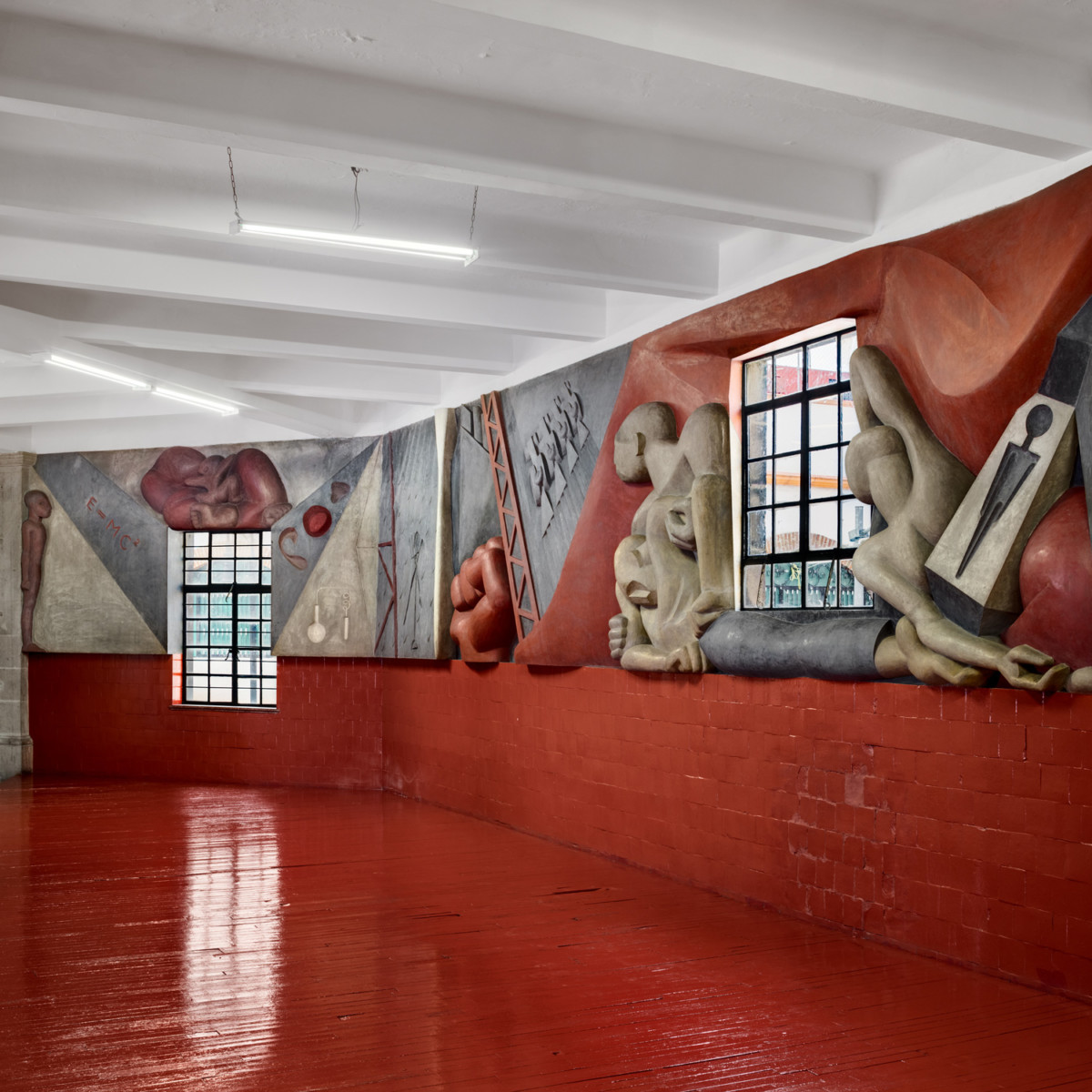
History Mexico
Abelardo L. Rodríguez Market, Cjon. Girón, Centro Histórico de la Cdad. de México, Centro, Mexico City, Mexico
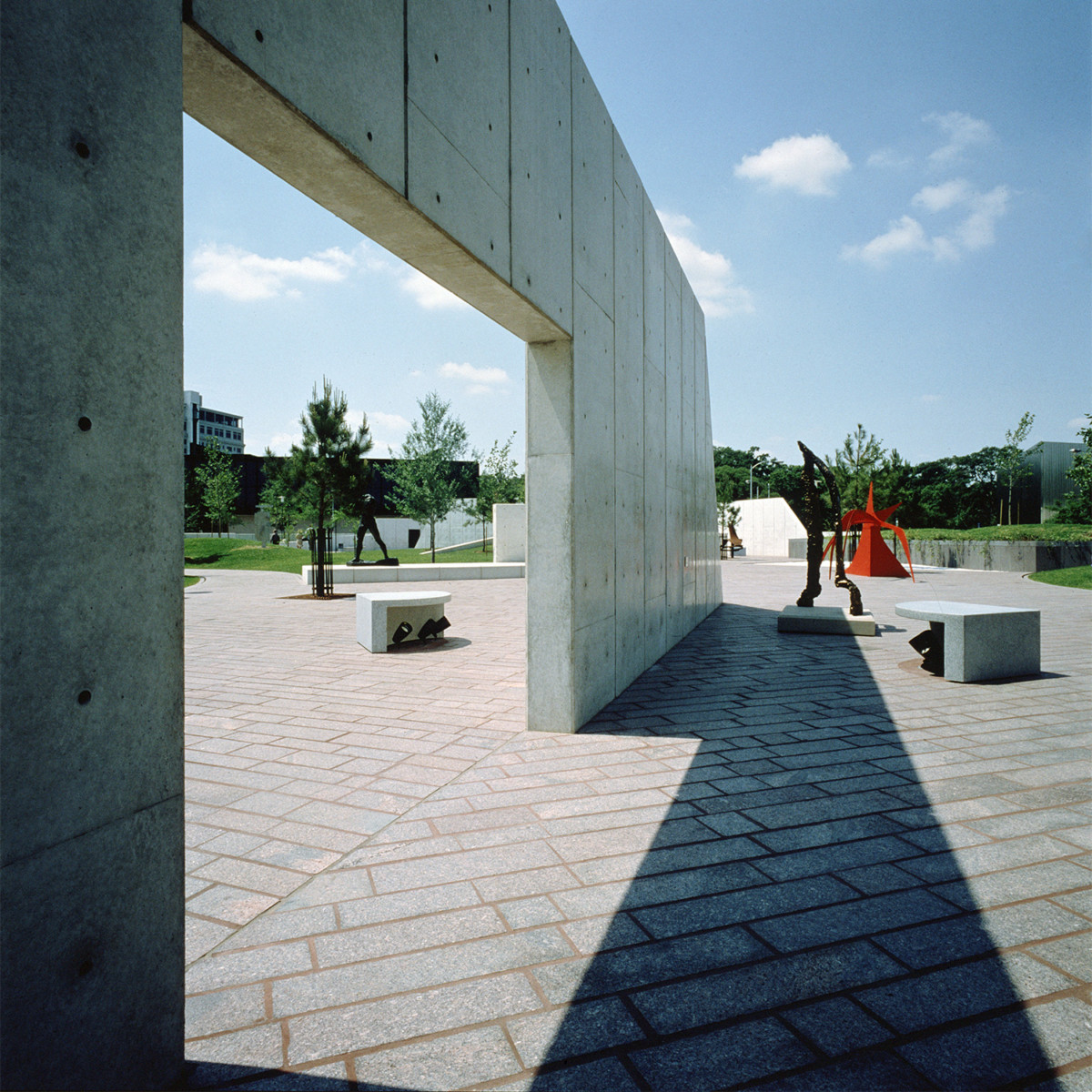
Houston Museum of Fine Arts, The Lillie and Hugh Roy Cullen Sculpture Garden
Montrose Boulevard at Bissonnet Street, Houston, TX

Intetra, Society of the Four Arts Fountain
Four Arts Plaza, Palm Beach, FL

Japanese-American Cultural and Community Center Plaza
244 San Pedro Street, Los Angeles, CA
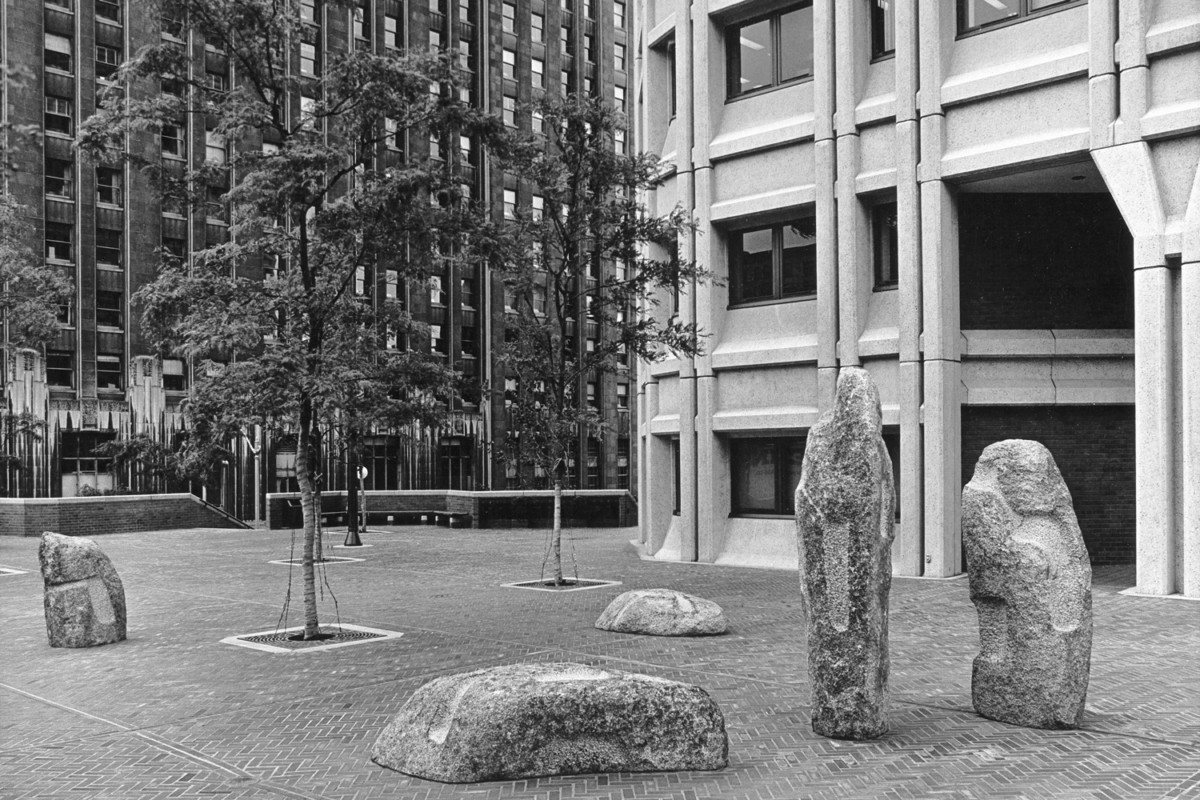
Landscape of Time
915 2nd Avenue, Seattle, WA
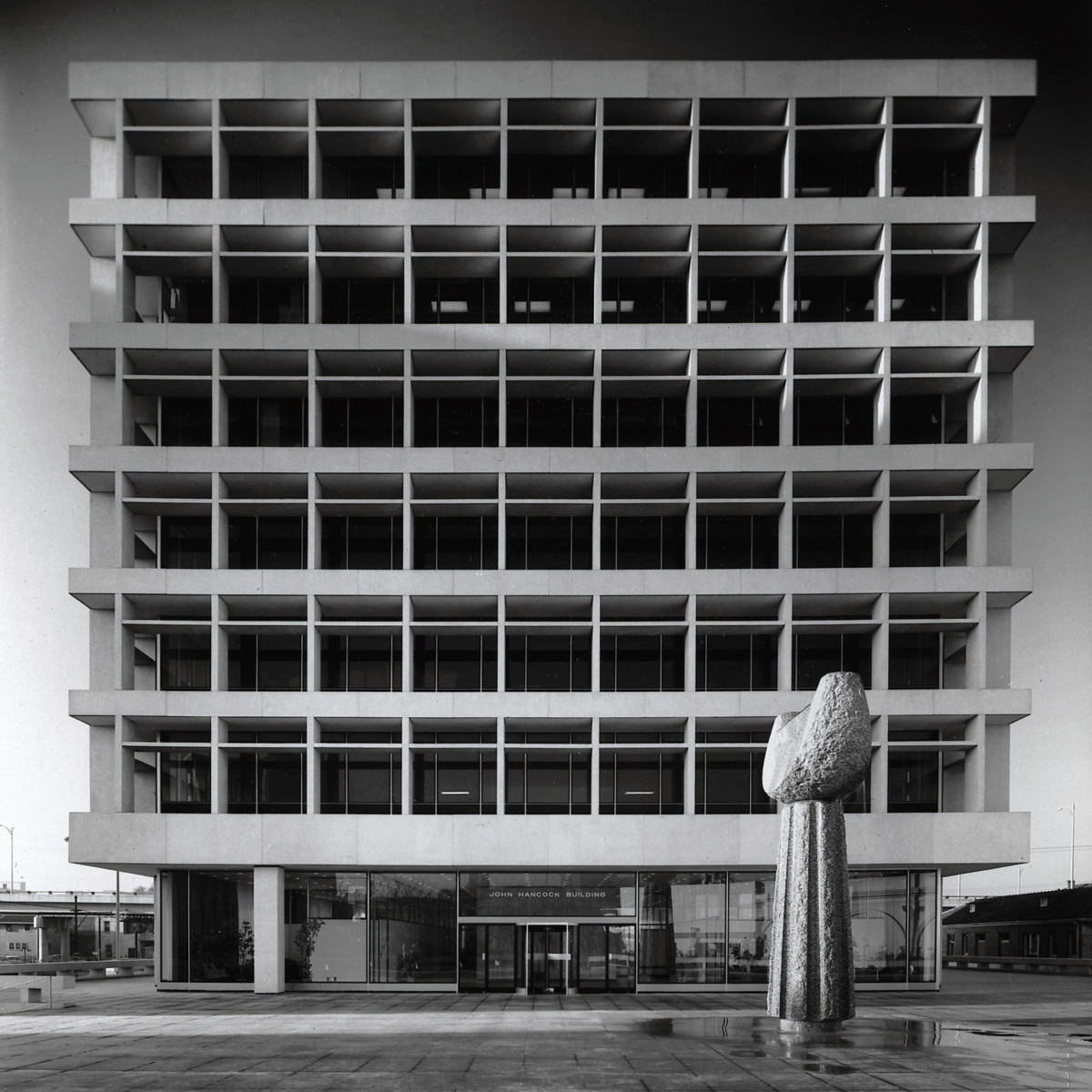
Mississippi Fountain
1055 St. Charles Avenue, New Orleans, LA

Moerenuma Park
1-1 Moerenumakoen, Higashi-ku, Sapporo, Hokkaido, Japan

Momo Taro
Storm King Art Center, 1 Museum Road, New Windsor, NY

Mu
Keio University Art Center, 2-15-45 Mita, Minato-ku, Tokyo, Japan
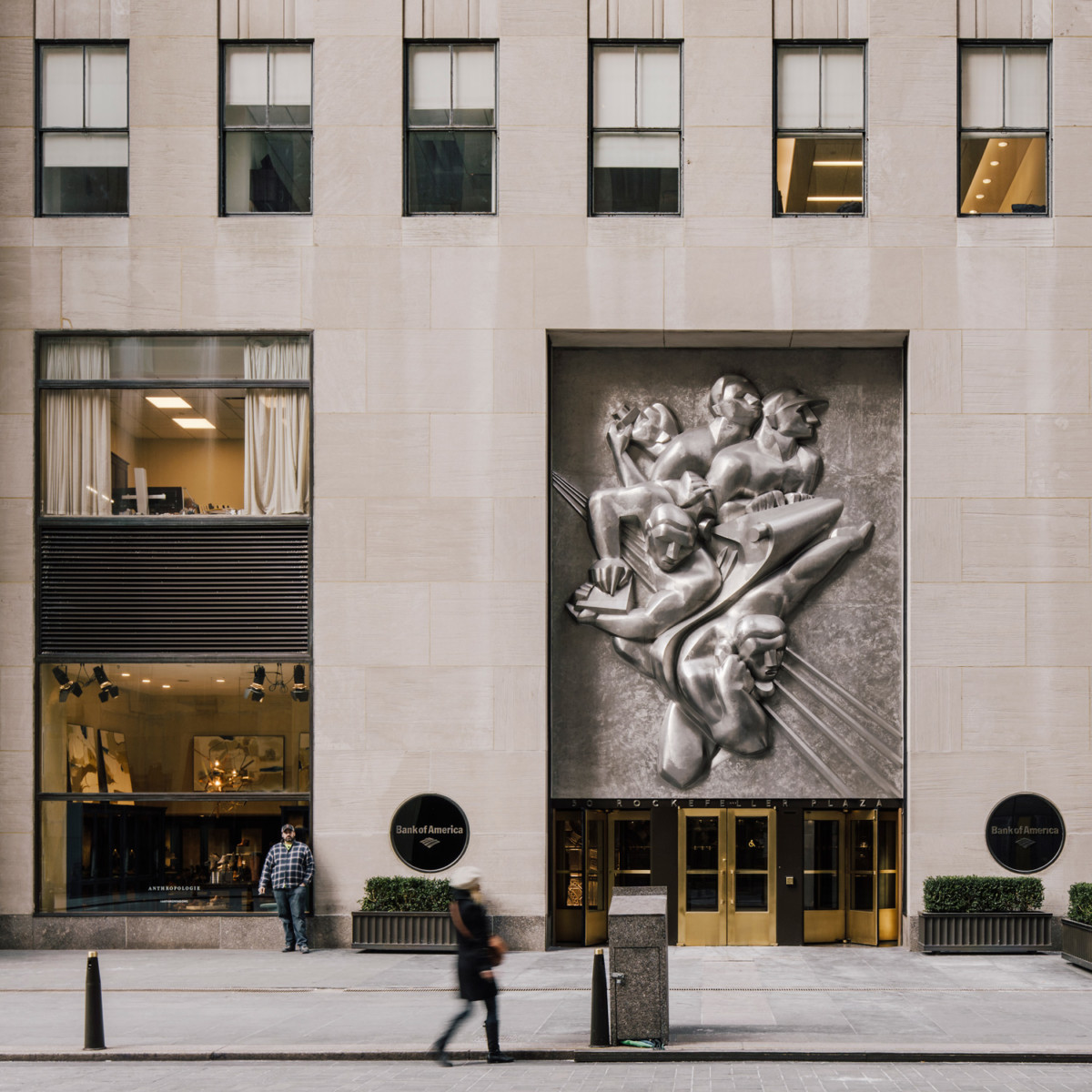
News (Associated Press Building Plaque)
50 Rockefeller Plaza, New York, NY


Piazza, Fiere di Bologna
Piazza Renzo Imbeni, Bologna, Italy

Playscapes, Piedmont Park
Piedmont Park at 12th Street NE and Piedmont Avenue NE, Atlanta, GA

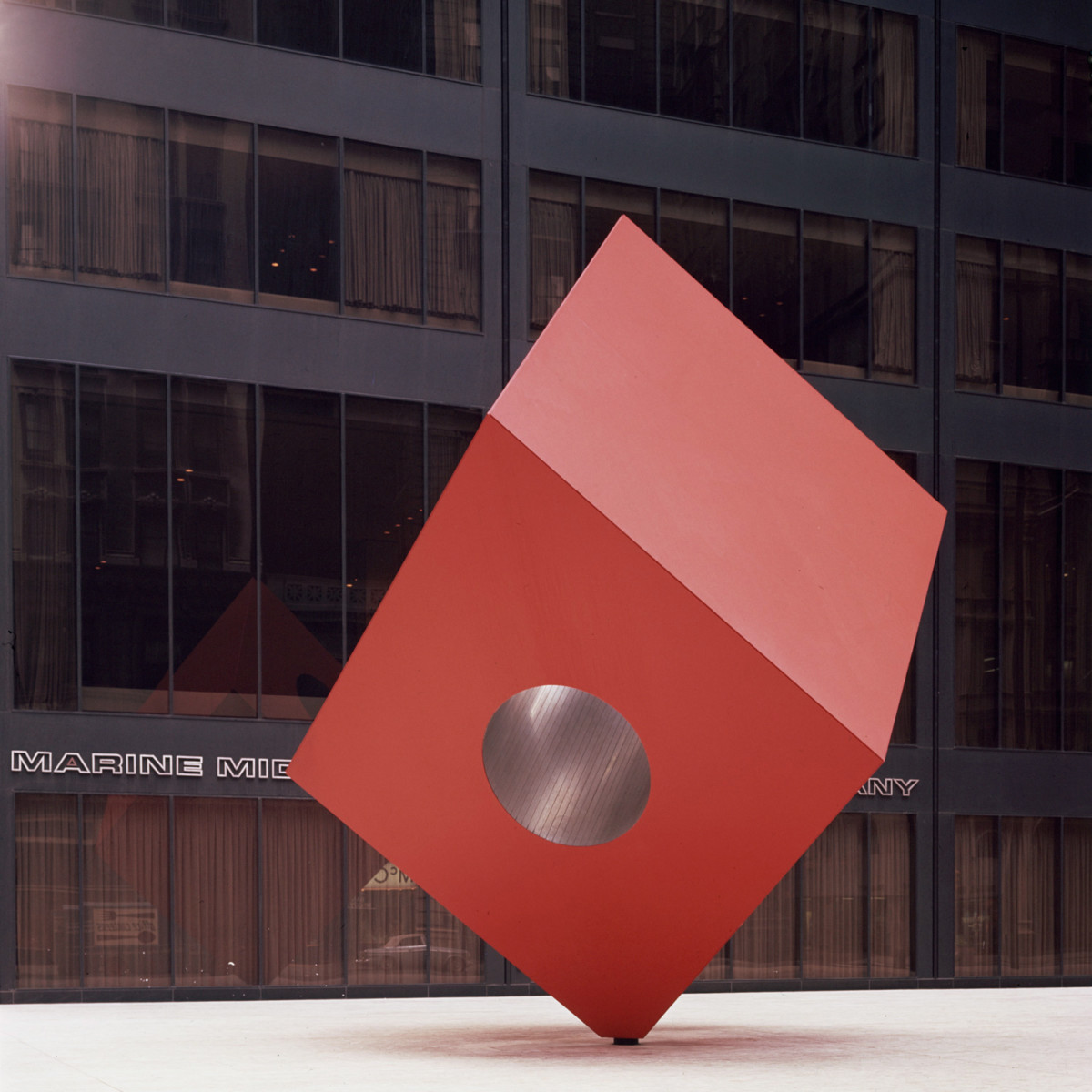
Red Cube
140 Broadway, New York, NY

Rock Carvings: Passage of the Seasons
11150 East Boulevard, Cleveland, OH
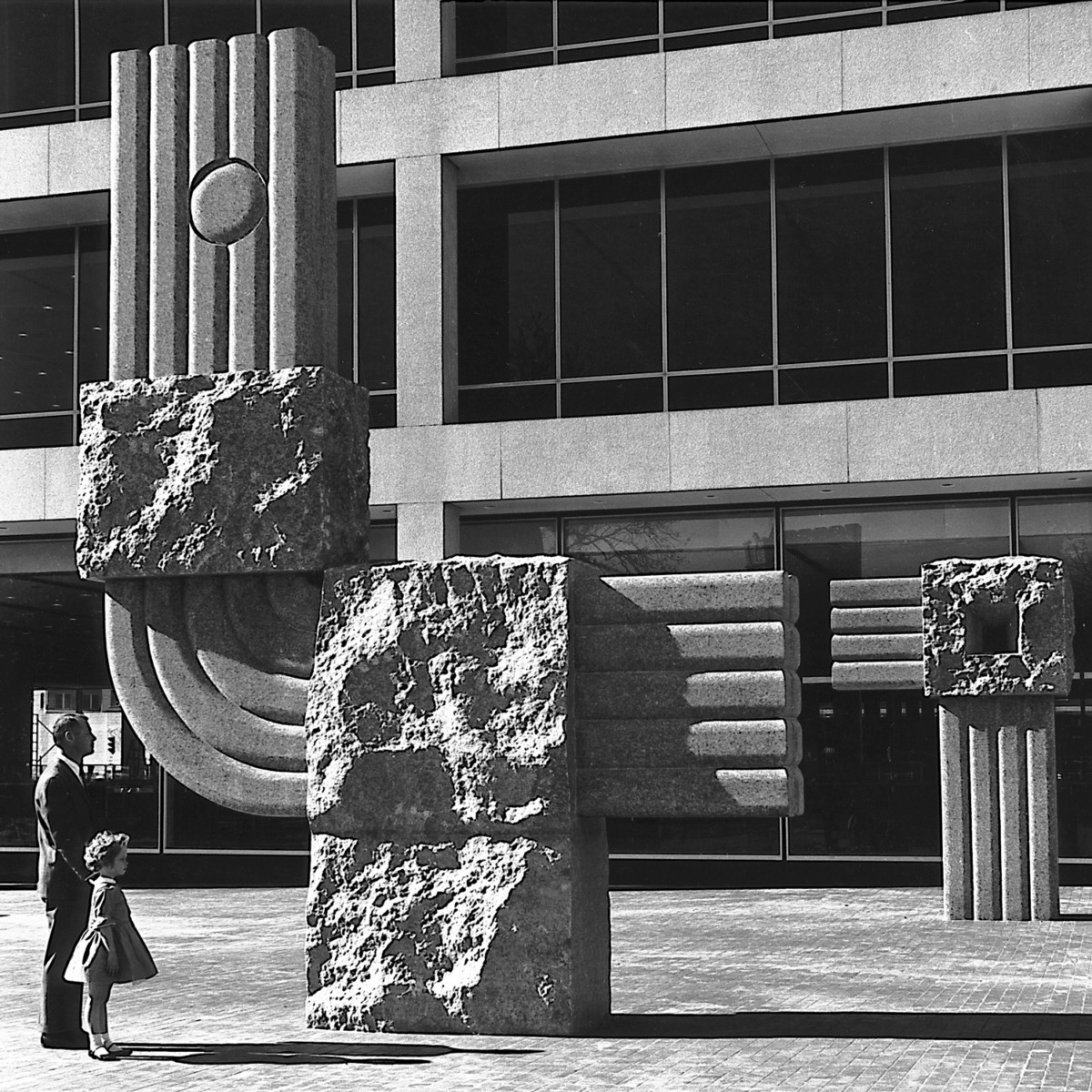
Sculptures for First National City Bank Plaza
500 W 7th Street, Fort Worth, TX
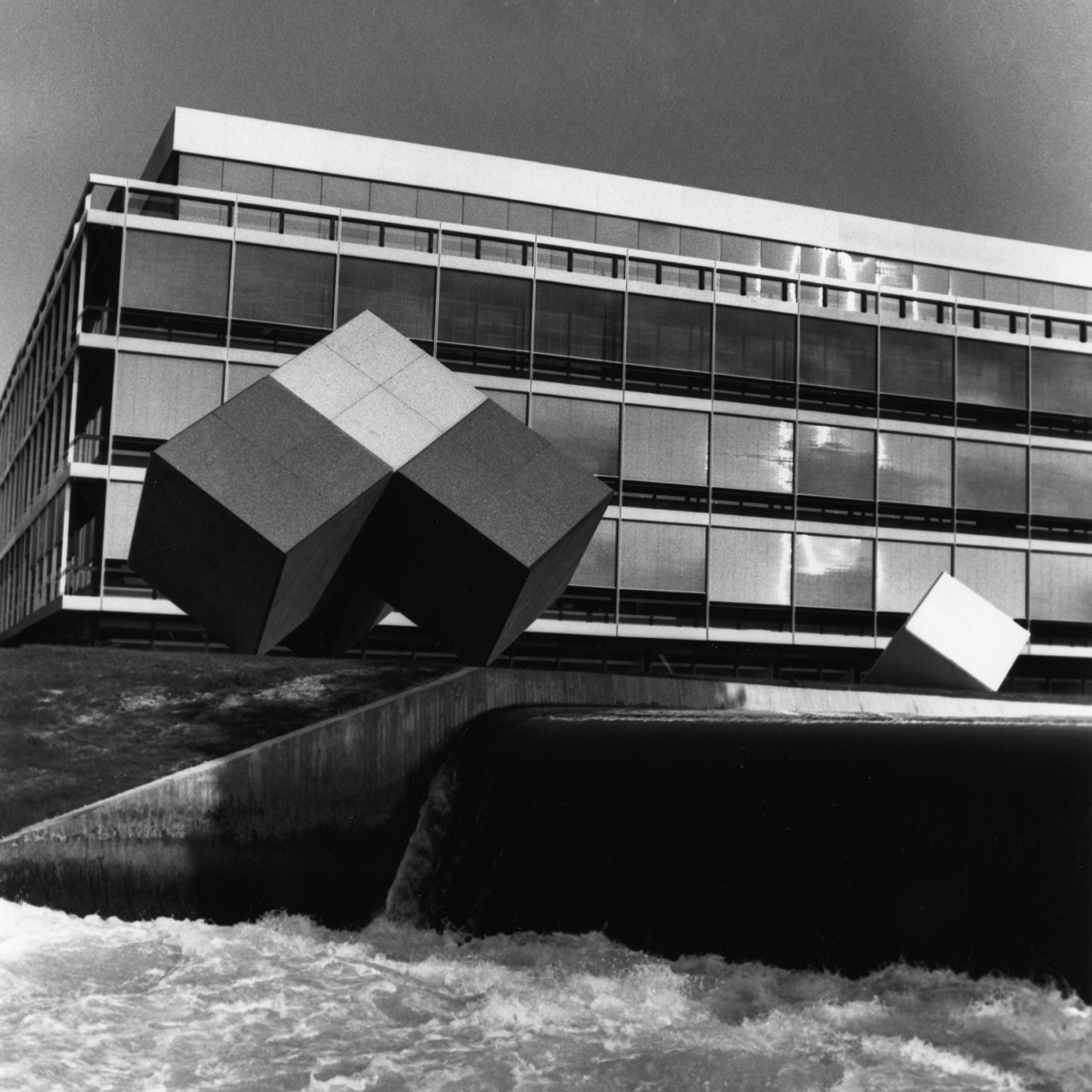
Sculptures, Bayerische Vereinsbank
Am Tucherpark 12, 80538 Munich, Germany

Sky Gate
Honolulu Mayor's Office of Culture and the Arts, 550 South King Street, Honolulu, HI
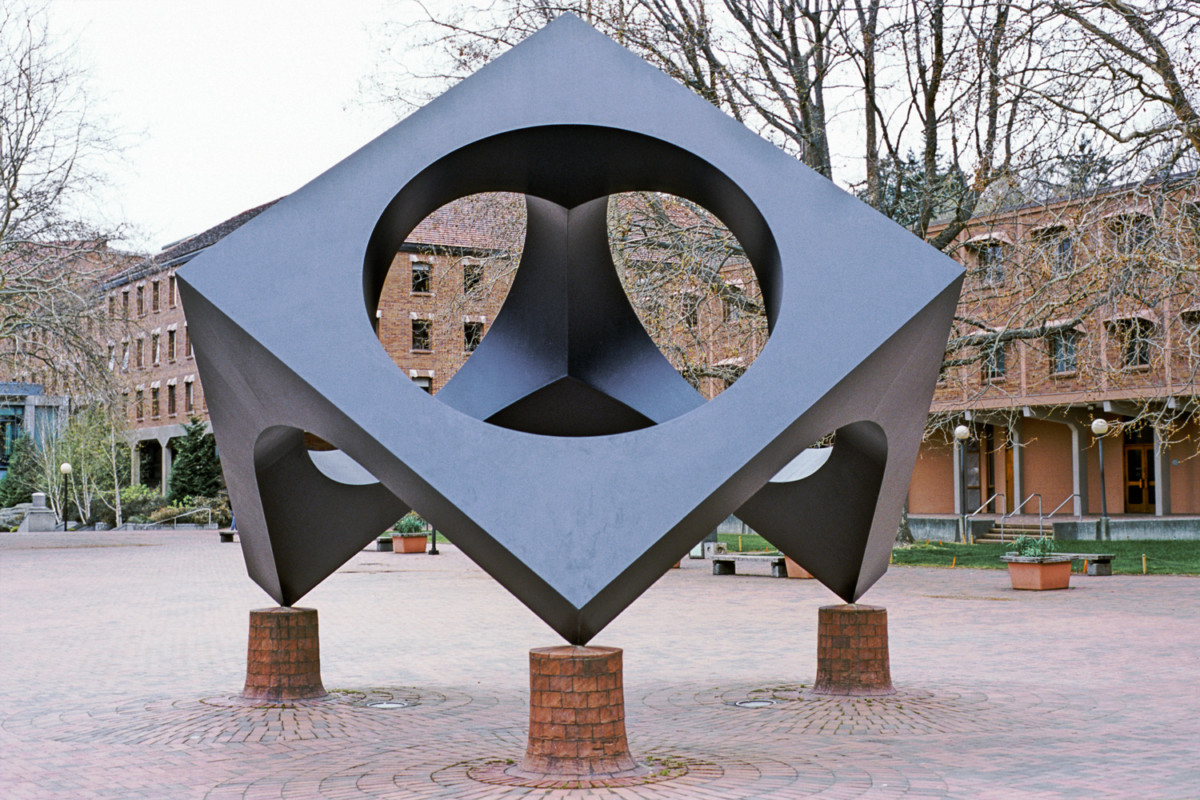
Skyviewing Sculpture
Red Square at Western Washington University, 516 High Street, Bellingham, WA

Sunken Garden for Beinecke Rare Book and Manuscript Library
Yale University, 121 Wall Street, New Haven, CT

Sunken Garden, Chase Manhattan Bank Plaza
28 Liberty Street, New York, NY

Supreme Court Building Fountains
4-2 Hayabusacho, Chiyoda-ku, Tokyo, Japan
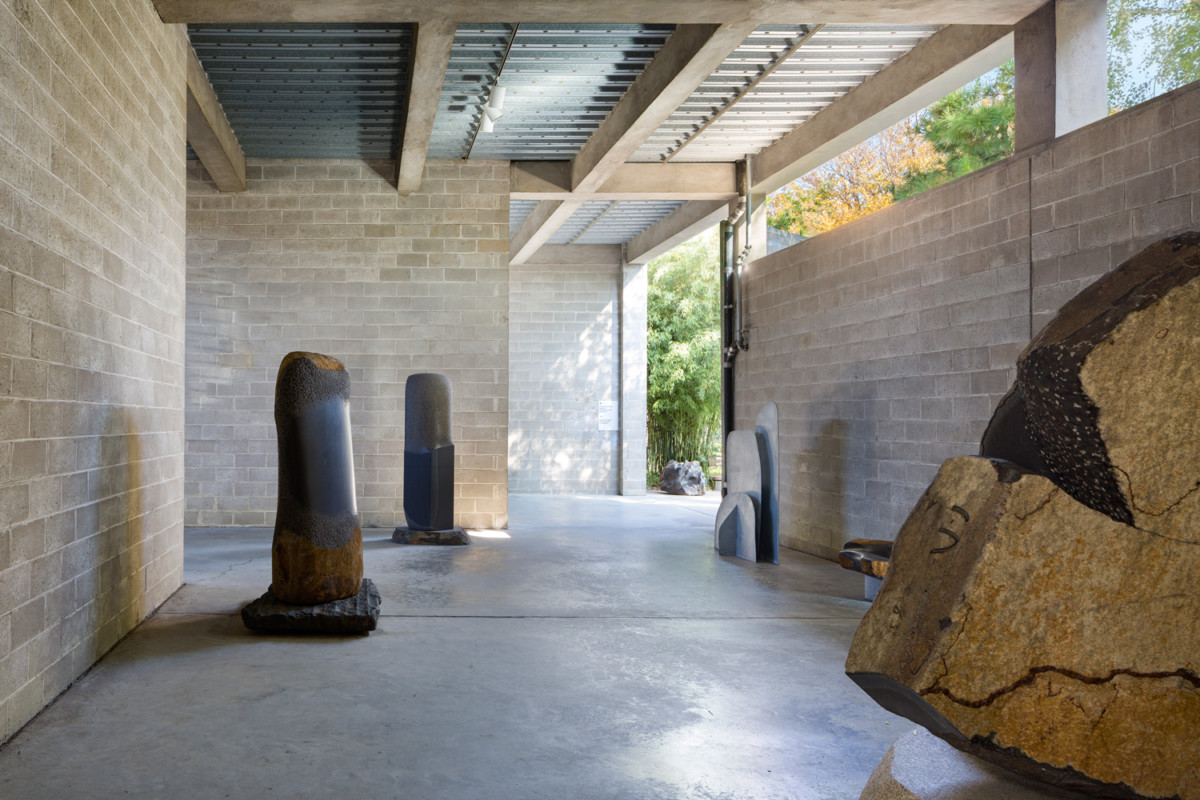
The Isamu Noguchi Foundation and Garden Museum
9-01 33rd Road (at Vernon Boulevard), Long Island City, NY

The Isamu Noguchi Garden Museum Japan
3519 Mure, Mure-cho, Takamatsu City, Kagawa Prefecture, Japan

The Letter
U. S. Post Office, 701 Station Avenue, Haddon Heights, NJ

Time and Space, Takamatsu Airport Memorial
Takamatsu Airport, Yusa, Konan-cho, Takamatsu City, Kagawa Prefecture, Japan

Two Bridges for Peace Park, Hiroshima
Peace Boulevard, Hiroshima City, Hiroshima Prefecture, Japan


Unidentified Object
1000 Fifth Avenue (at East 82nd Street), New York, NY

Water Garden for Domon Ken Museum
2-13 Iimoriyama, Sakata City, Yamagata Prefecture, Japan